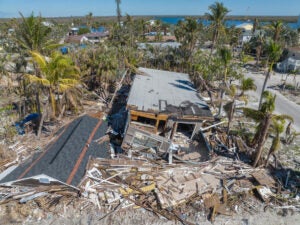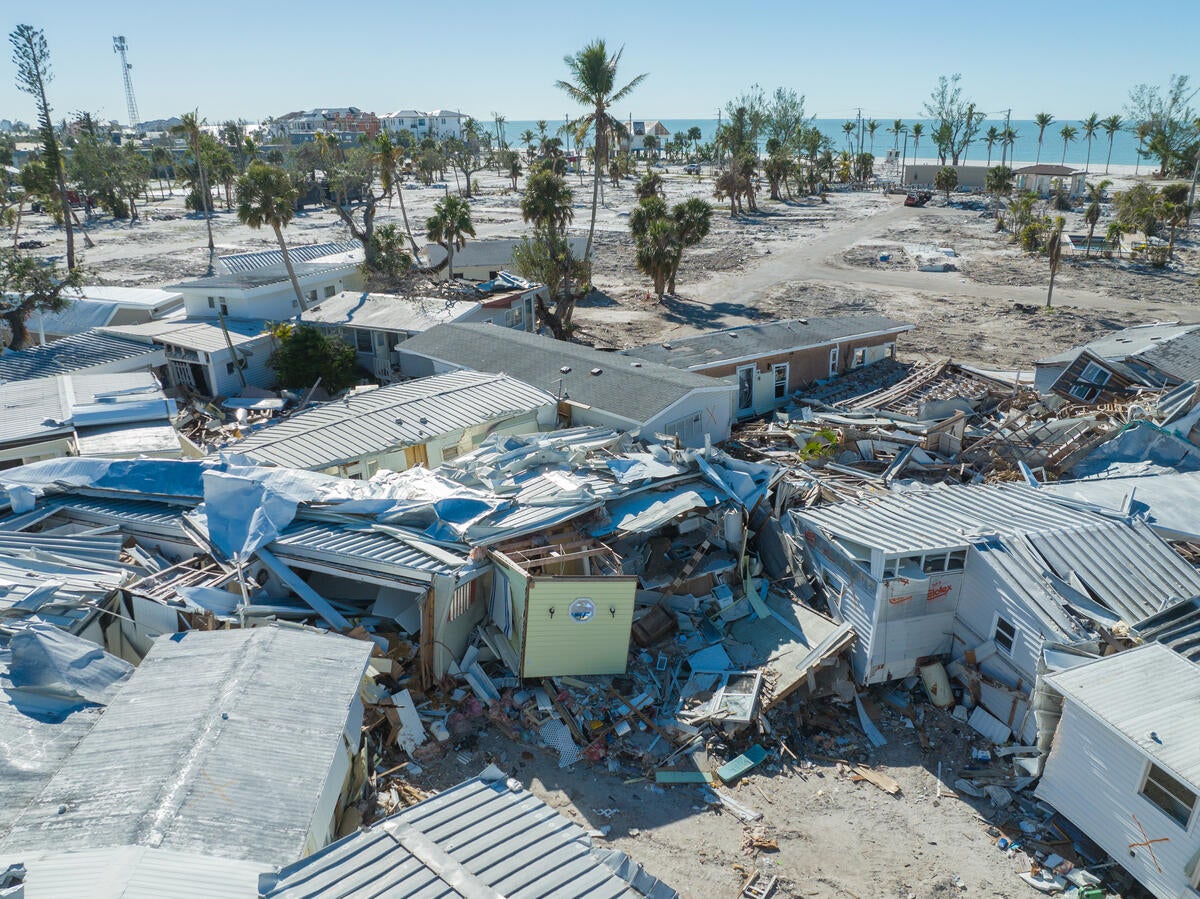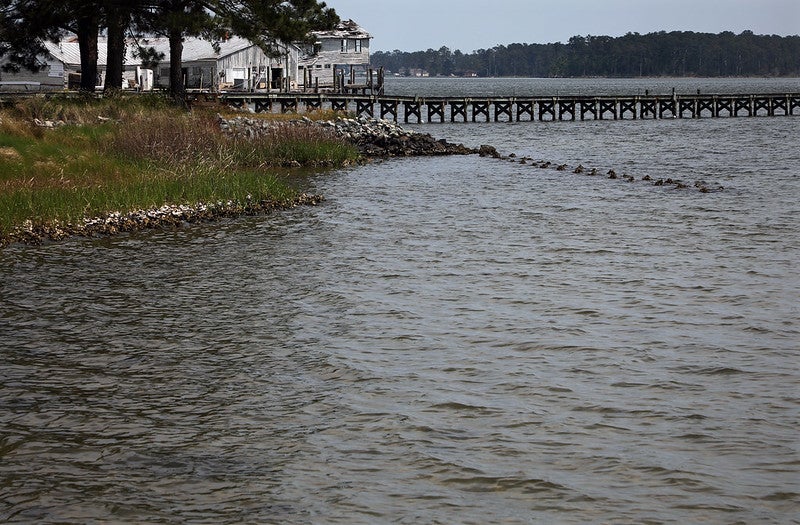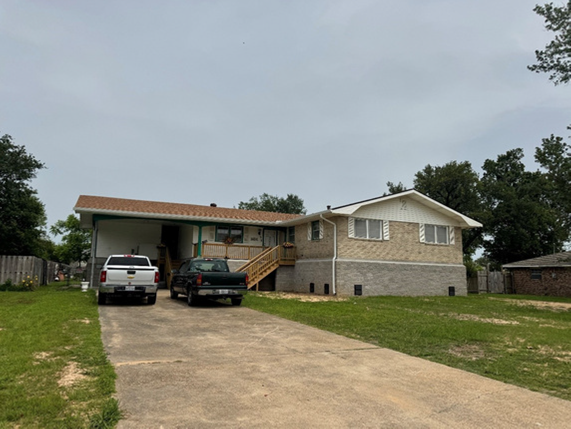
It’s nearly one year since Hurricane Ian. Will Florida be ready when another storm hits?
It was just last fall when Hurricane Ian, now classified as a category 5 storm, wreaked havoc across the state of Florida. Residents braced the eye of the storm as Ian made landfall on the state’s southwestern side, and millions more watched as communities, businesses and families changed forever.
Ian nearly decimated Sanibel, a beloved vacation spot known for its array of colorful seashells, while it uprooted trees and tore off roofs in Fort Myers. Not to mention, inland communities suffered from flooding due to excessive rainfall, power lines went down and a series of destructive tornados followed Ian’s path. Not long after, Hurricane Nicole rocked northeast Florida, washing away beaches.
Fast forward one year and where do we stand? Ian, then Nicole, now Idalia – it’s time to ask ourselves if Florida will be ready when another big storm hits. Here at EDF, the Climate Resilient Coasts and Watersheds team is focused on building resilience in Florida and ensuring communities are prepared for the increasingly frequent and severe weather events that are predicted. In recent months, there’s been a lot of progress – but there’s still a long way to go. Let’s look at how far we’ve come, and ways leaders can further prioritize a more resilient future.
New funding opportunities to build resilience
In post-Ian Florida, securing adequate funding for resilience-building programs is a must. Luckily, leaders now have more funding opportunities through the state’s Resilient Florida program, which so far has dedicated a whopping $1.4 billion toward resilience efforts. As a result, the state can ensure a more coordinated approach to coastal and inland resilience to better prepare communities for rising sea levels and intensifying storms.
Additionally, new enabling legislation now authorizes the state to be eligible for FEMA’s Safeguarding Tomorrow Revolving Loan Fund program. This means Florida communities can apply for federal funding to provide local governments with direct low interest loans to fund projects that reduce risks from natural hazards and disasters, in turn reducing the burden of grant applications.
These funding opportunities offer the financial support necessary to carry out risk reduction and resilience-building programs that can better protect Florida communities from future storms and flood risks.
Planning with the community to address flood impacts
Since Ian, Collier County in southwest Florida has made great progress after reinitiating the Coastal Storm Risk Management feasibility study with the Army Corps of Engineers (Corps), which is dedicated to helping the county identify storm risks, evaluate solutions and carry out measures that protect residents and ecosystems against flooding from storm surge.
EDF has worked in collaboration with local partners to advocate for the study’s re-initiation and we continue to push for more public engagement, measures that address multiple flood risks and the inclusion of natural solutions in proposed flood plans.
As we work with both the Corps and the county, we are pleased that the public is involved and that local perspectives are now being considered. We hope that local perspectives continue to guide the remainder of the study, to ensure project ideas align with community priorities.
Scaling up Florida’s resilience efforts
But as we head into the height of this year’s hurricane season, it is essential that leaders, community members, businesses and organizations continue to advocate for bigger and better efforts to build resilience.
That’s why leaders should strengthen government coordination by designating positions within state agencies to identify strengths and weaknesses when building resilience, create coordinated strategic plans and collaborate with Florida’s Chief Resilience Officer (CRO). The state should add dedicated staff and resources within the CRO’s office to increase capacity and better respond to disasters like Ian, extreme heat and more.
Additionally, EDF supports legislation that includes flood disclosure for potential homebuyers and renters. Laws that ensure disclosure help empower residents to know their flood risks and make informed decisions about their future home.

We’ve come a long way since Ian, despite the steep hill left to climb. Let’s continue to work together – NGOs, policymakers, community members, businesses and more – to build a more resilient future for our state.












